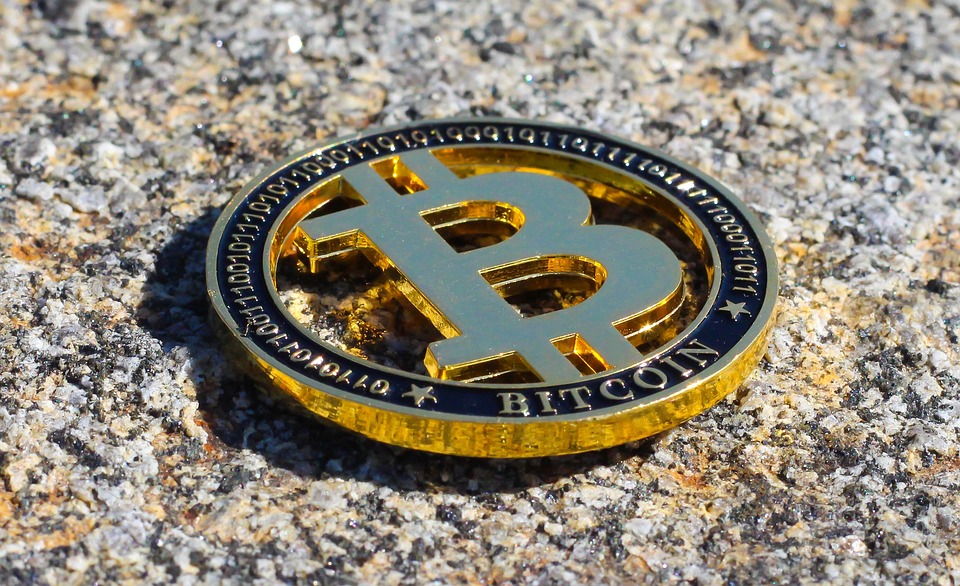Mining vs. Staking: Which is the Better Option for Crypto Investors?
As the cryptocurrency market continues to evolve, investors are continually exploring various methods to earn returns on their investments. Two of the most prominent strategies are mining and staking. Each method has its unique characteristics, advantages, and challenges. In this article, we will delve into the differences between mining and staking, helping you determine which option might be better suited for your investment strategy.
Understanding Mining
Mining is the process of validating transactions on a blockchain network by solving complex mathematical problems. Miners use powerful computers to compete in solving these problems, and the first to succeed gets to add a block of transactions to the blockchain. In return for their efforts, miners receive cryptocurrency rewards, often in the form of the blockchain’s native token.
The mining process is resource-intensive, requiring significant investment in hardware and electricity. Bitcoin, for example, employs a proof-of-work (PoW) consensus mechanism, which is energy-intensive and has raised concerns about its environmental impact. However, successful miners can earn substantial rewards, making it an attractive option for those who can manage the costs effectively.
The Pros and Cons of Mining
**Pros:**
– Potential for High Rewards: Successful miners can earn substantial amounts of cryptocurrency.
– Independence: Miners operate independently, allowing them to retain control over their earnings.
**Cons:**
– High Initial Investment: Setting up mining rigs can require a significant financial outlay.
– Ongoing Costs: Electricity and maintenance costs can add up, impacting profit margins.
– Environmental Concerns: The energy consumption of mining operations has drawn criticism, leading to regulatory scrutiny.
Understanding Staking
Staking, on the other hand, is a process associated with proof-of-stake (PoS) and its variants, where investors lock up their cryptocurrency in a wallet to support the operations of a blockchain network. In return, they earn rewards, typically in the form of additional tokens. Staking is generally seen as a more energy-efficient alternative to mining, as it does not require extensive computational power.
When an investor stakes their tokens, they help maintain the network’s security and transaction validation. The more tokens an investor stakes, the higher their chances of being selected to validate blocks and earn rewards. Staking can be done individually or through staking pools, where multiple investors combine their resources for better chances of rewards.
The Pros and Cons of Staking
**Pros:**
– Lower Entry Barrier: Staking often requires a lower initial investment than mining.
– Energy Efficiency: Staking is generally more environmentally friendly compared to mining.
– Passive Income: Stakers can earn rewards without the need for active participation or constant monitoring.
**Cons:**
– Lock-Up Periods: Staked tokens are often locked for a certain period, limiting liquidity.
– Market Risk: The value of staked tokens can fluctuate, potentially leading to losses.
– Centralization Risks: Large holders can dominate staking pools, leading to centralization concerns.
Which Option is Better for Investors?
The choice between mining and staking largely depends on individual circumstances, investment goals, and risk tolerance. Here are some factors to consider:
1. **Investment Capital**: If you have significant capital to invest and can handle the operational costs, mining might be a lucrative option. Conversely, if you prefer a lower entry point, staking may be more suitable.
2. **Technical Expertise**: Mining requires a good understanding of hardware, software, and network operations. If you lack technical skills, staking is often more straightforward and user-friendly.
3. **Environmental Considerations**: If sustainability is a priority for you, staking’s energy efficiency makes it a more appealing choice.
4. **Long-Term Commitment**: If you are willing to lock up your assets for potential long-term rewards, staking could provide a steady income stream without the volatility of mining rewards.
Conclusion
Both mining and staking offer unique opportunities for crypto investors. Mining can yield high rewards but comes with significant costs and risks, while staking provides a more accessible and environmentally friendly way to earn passive income. Ultimately, the best option for you will depend on your individual situation, investment strategy, and personal preferences. As always, thorough research and careful consideration of the associated risks are essential before making any investment decisions in the cryptocurrency space.



